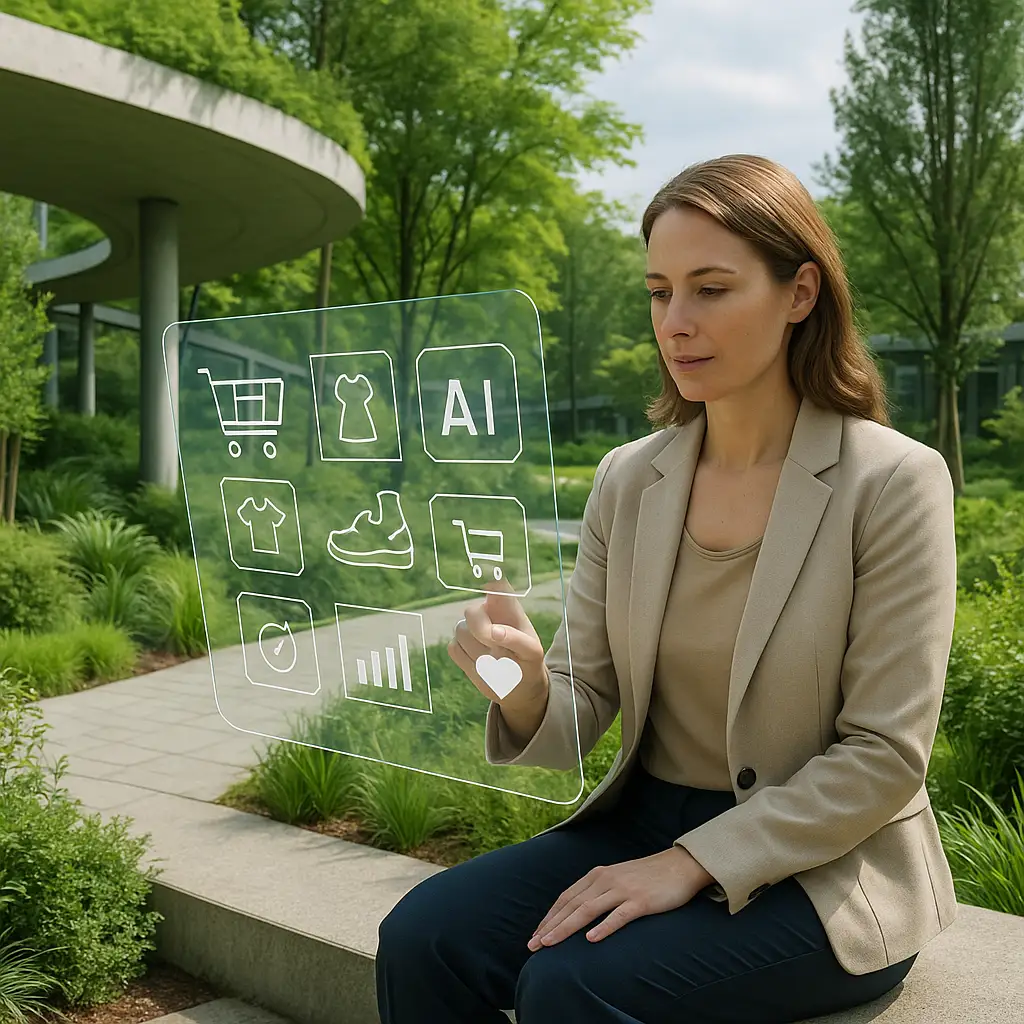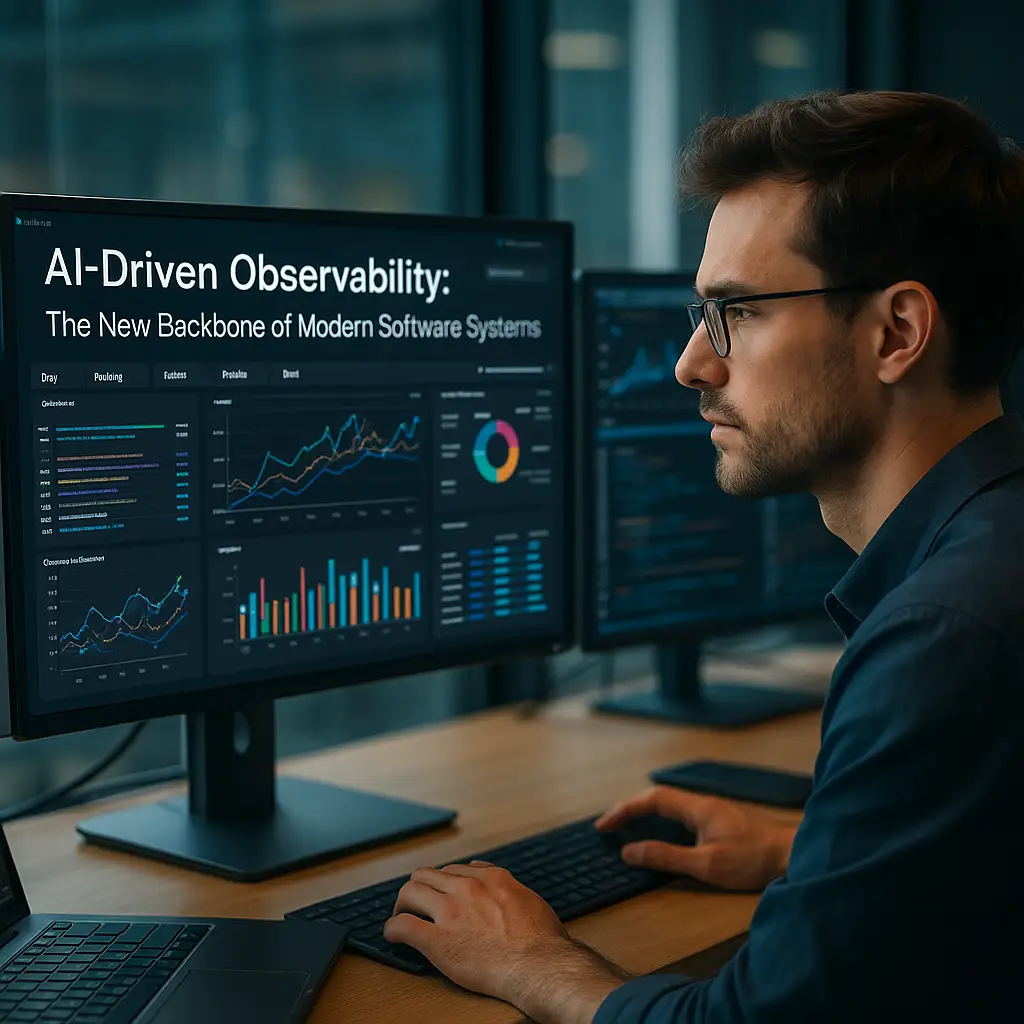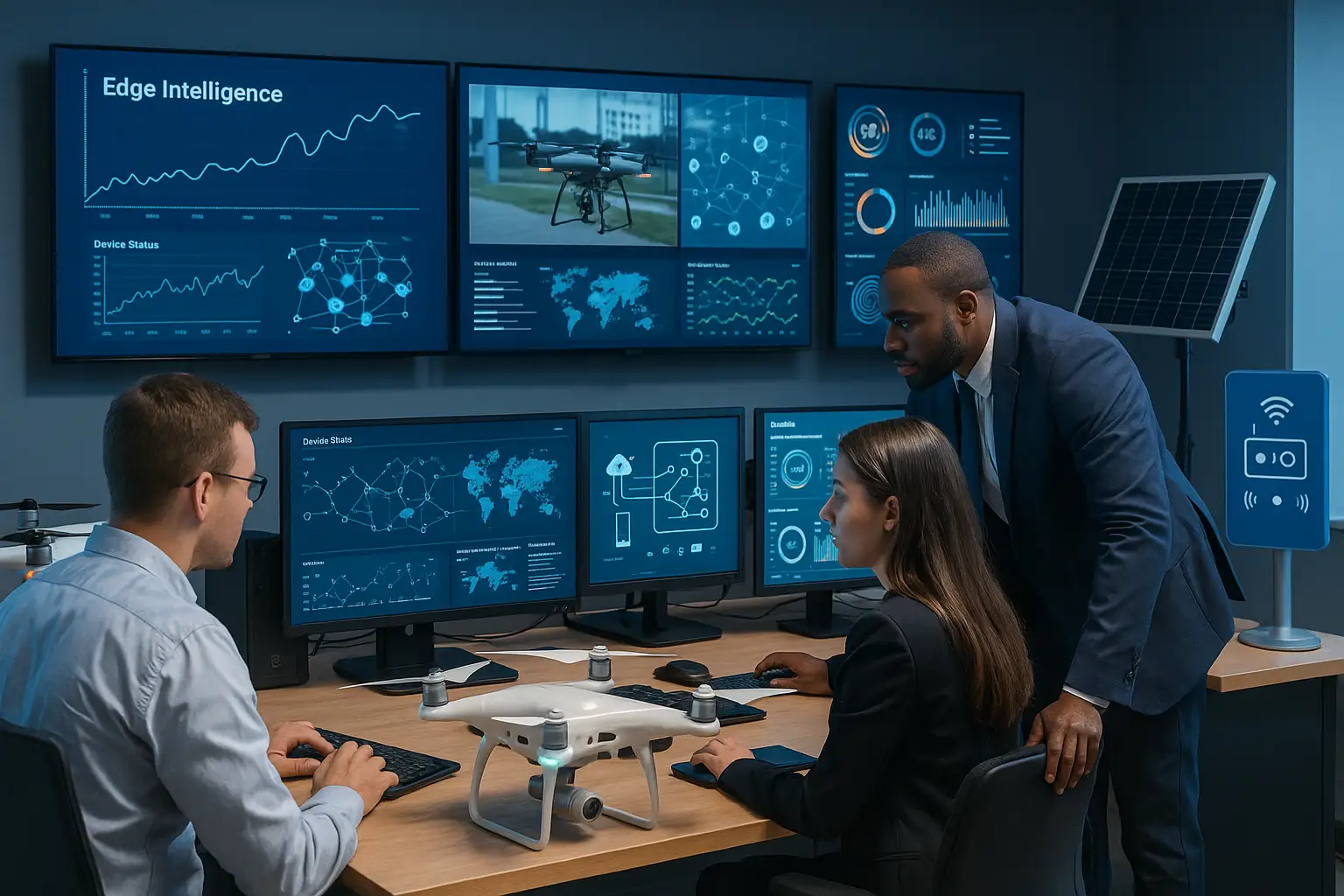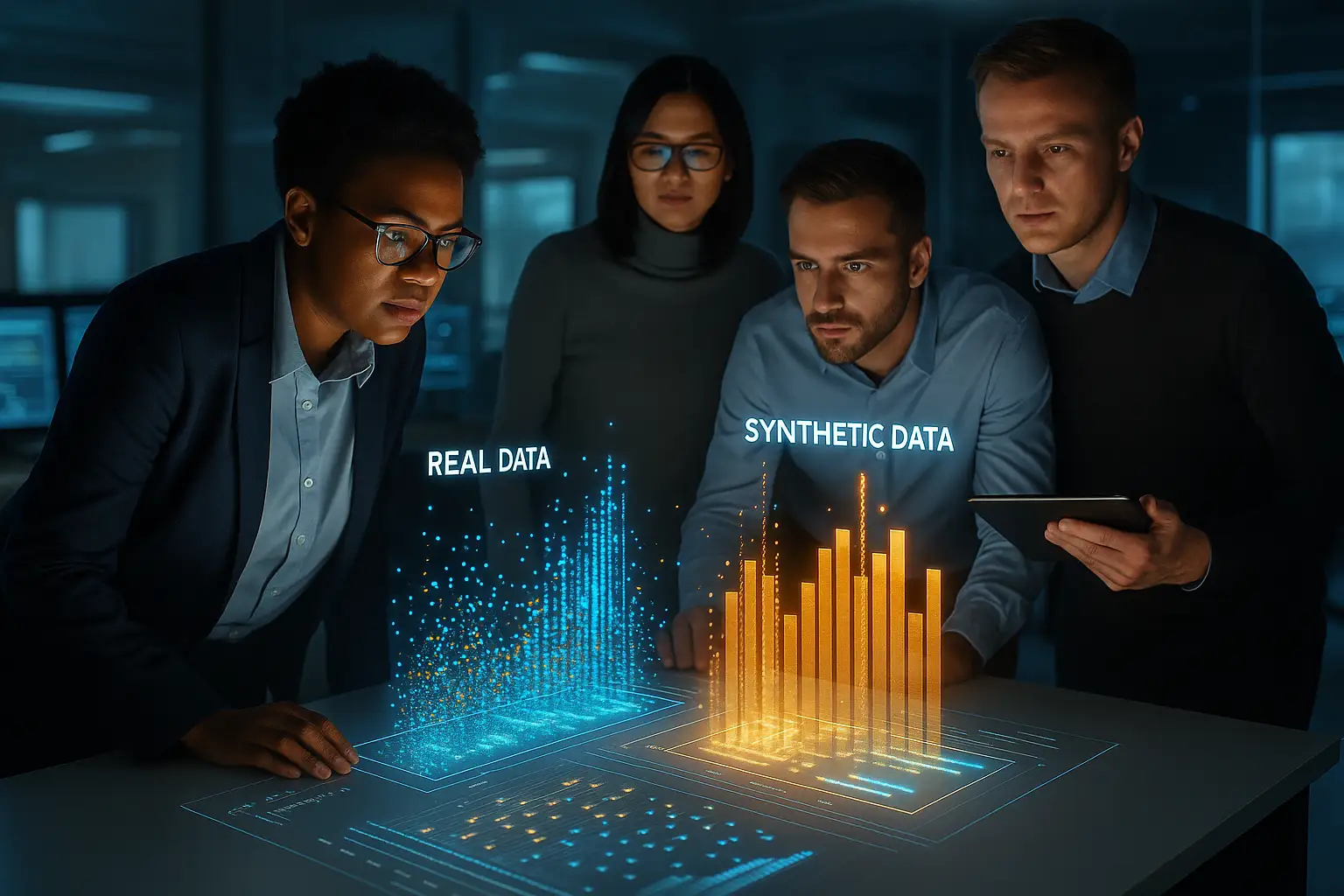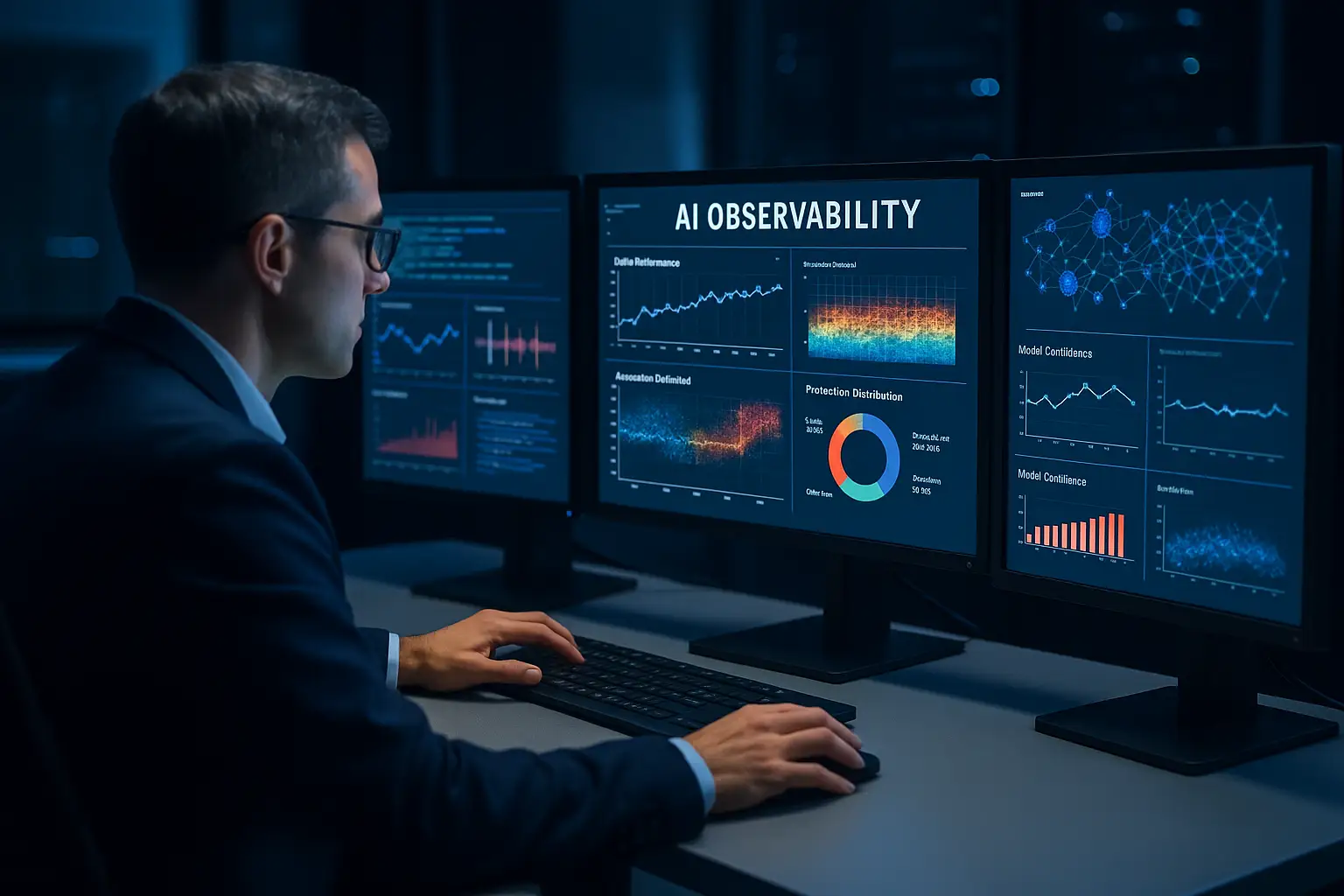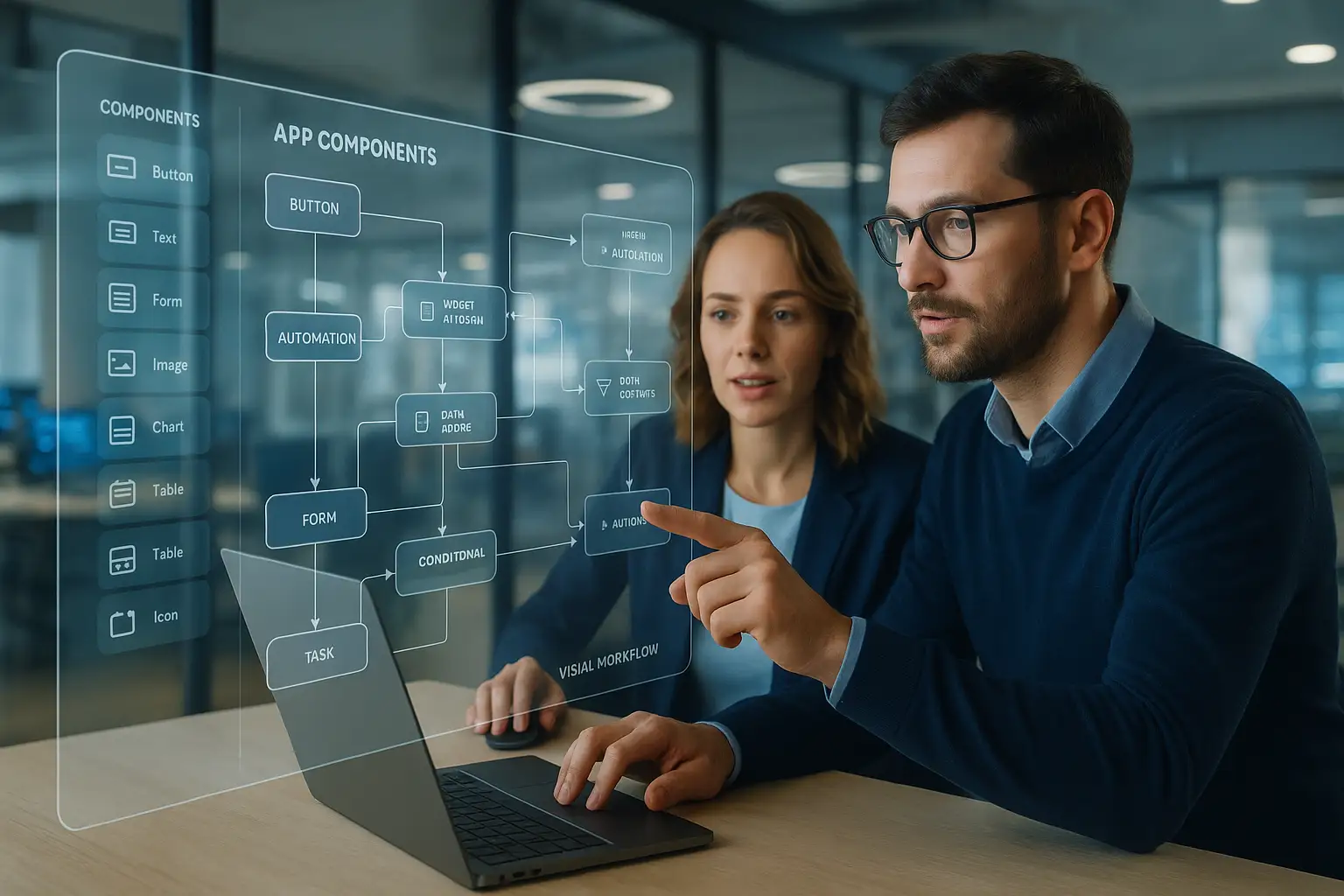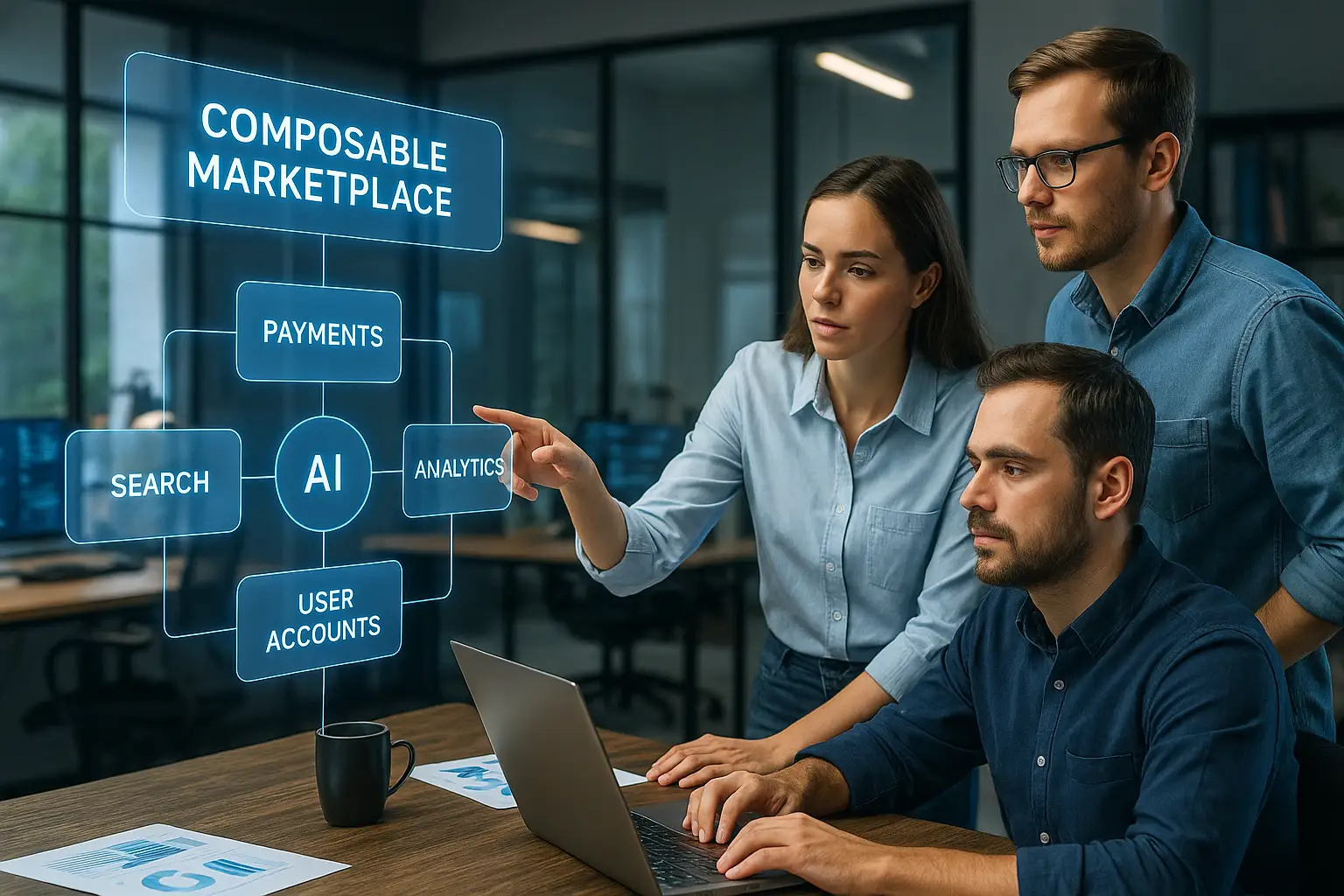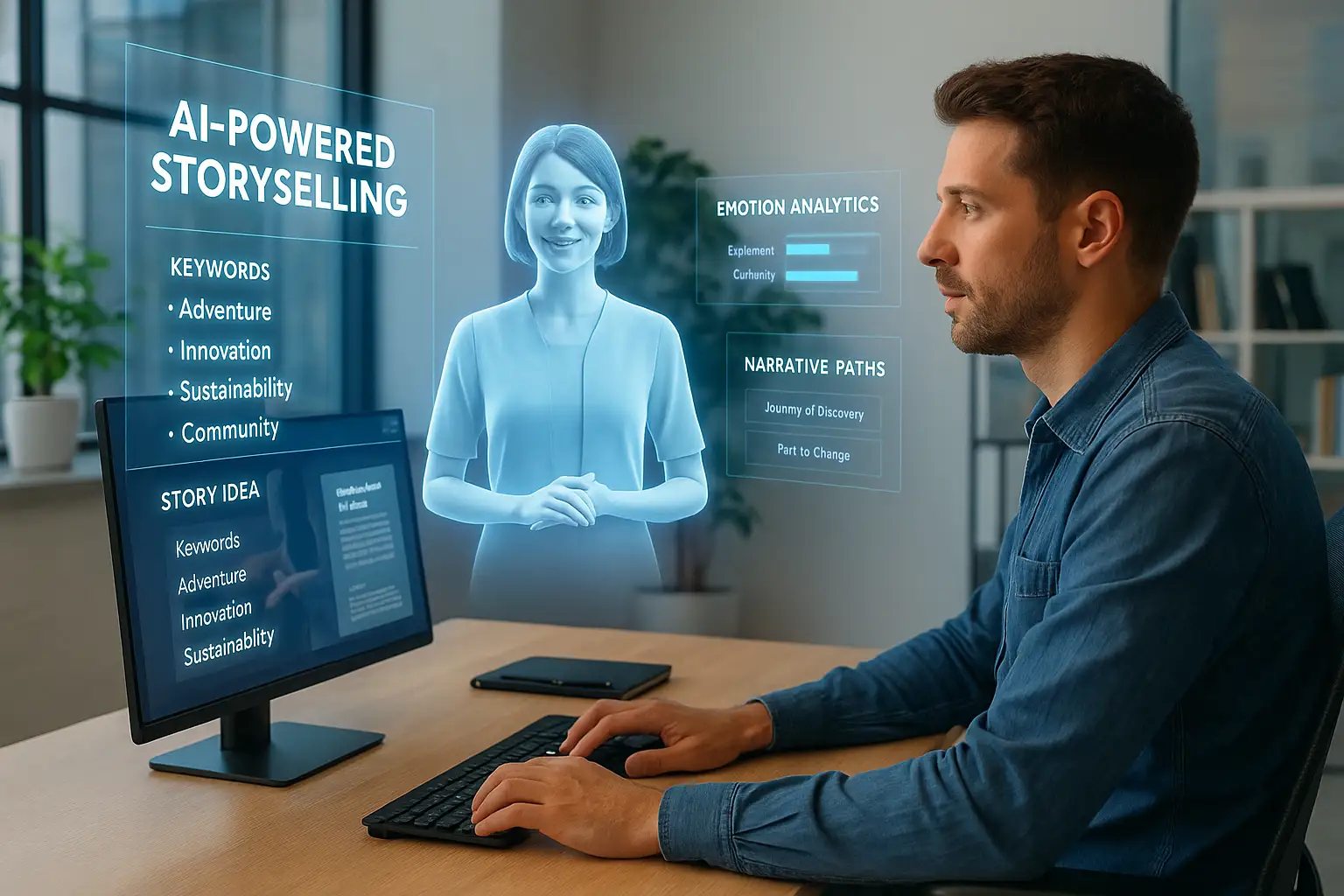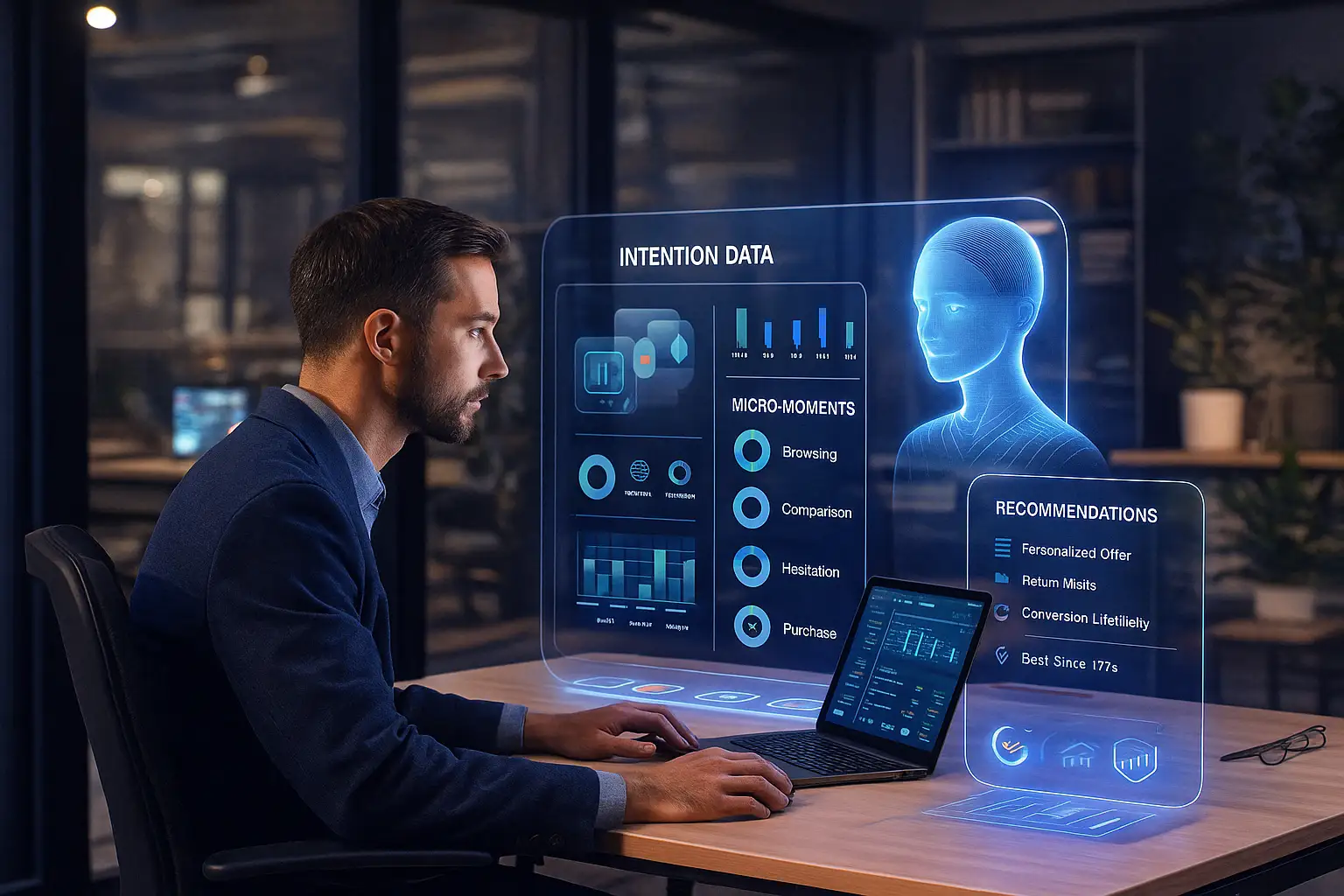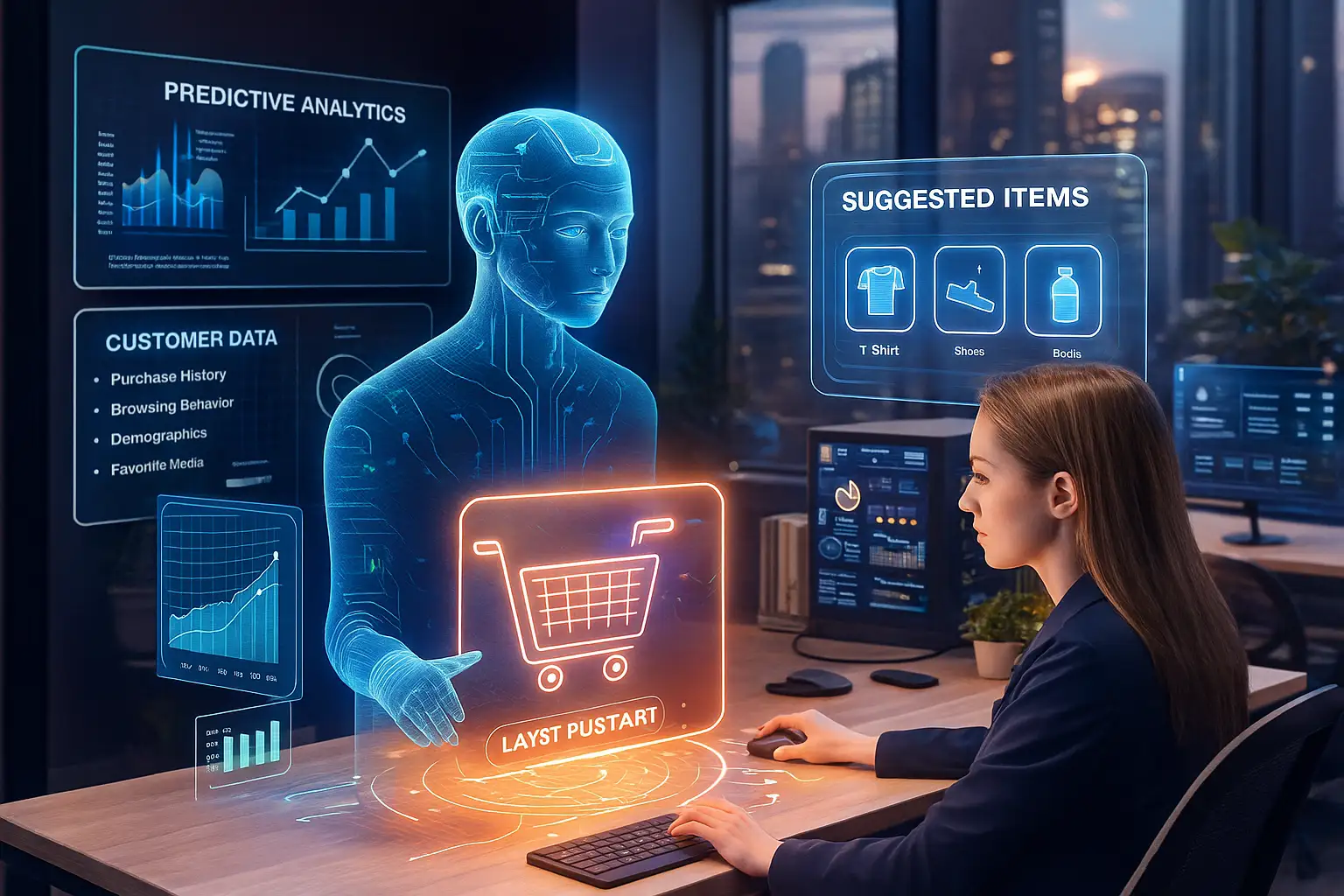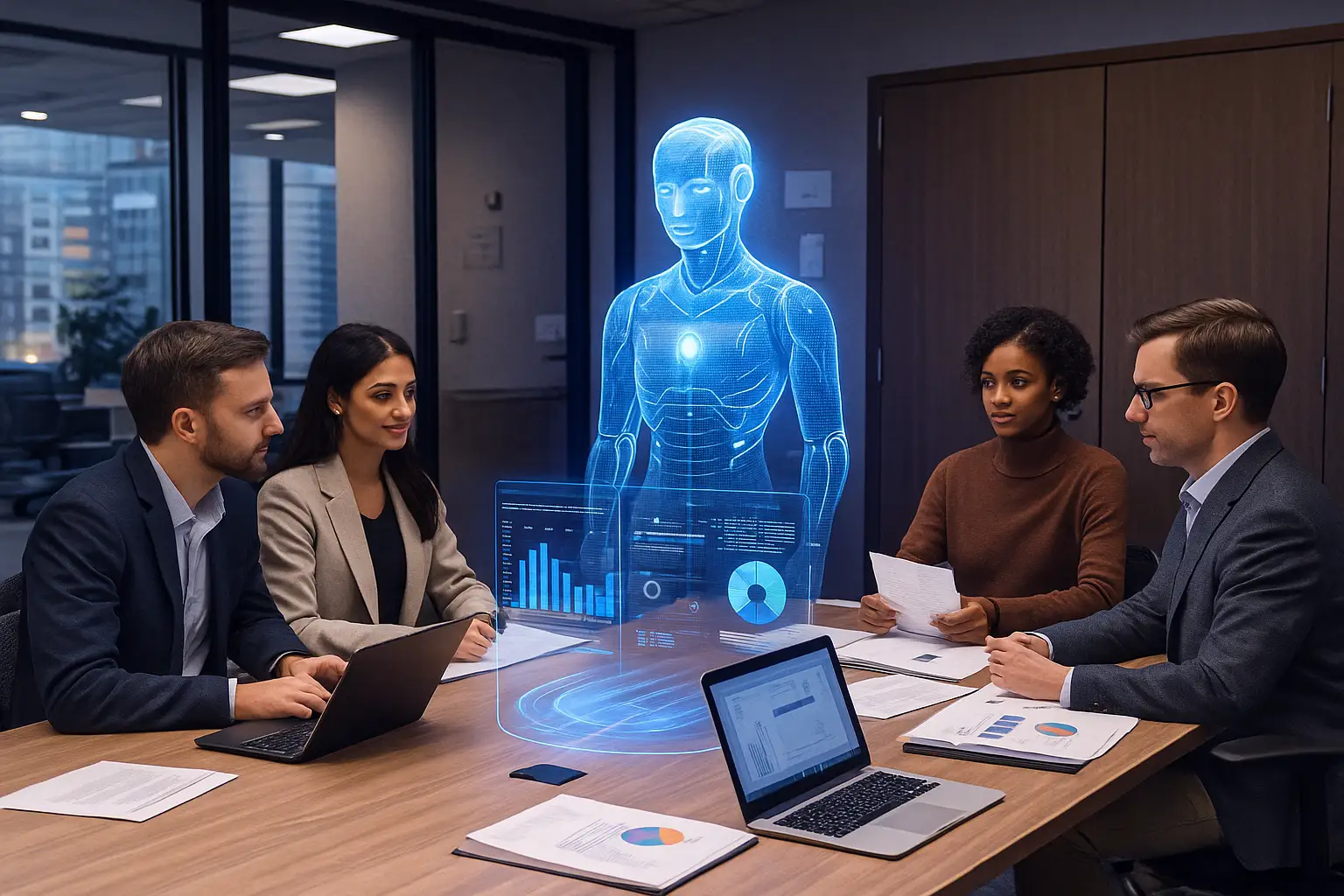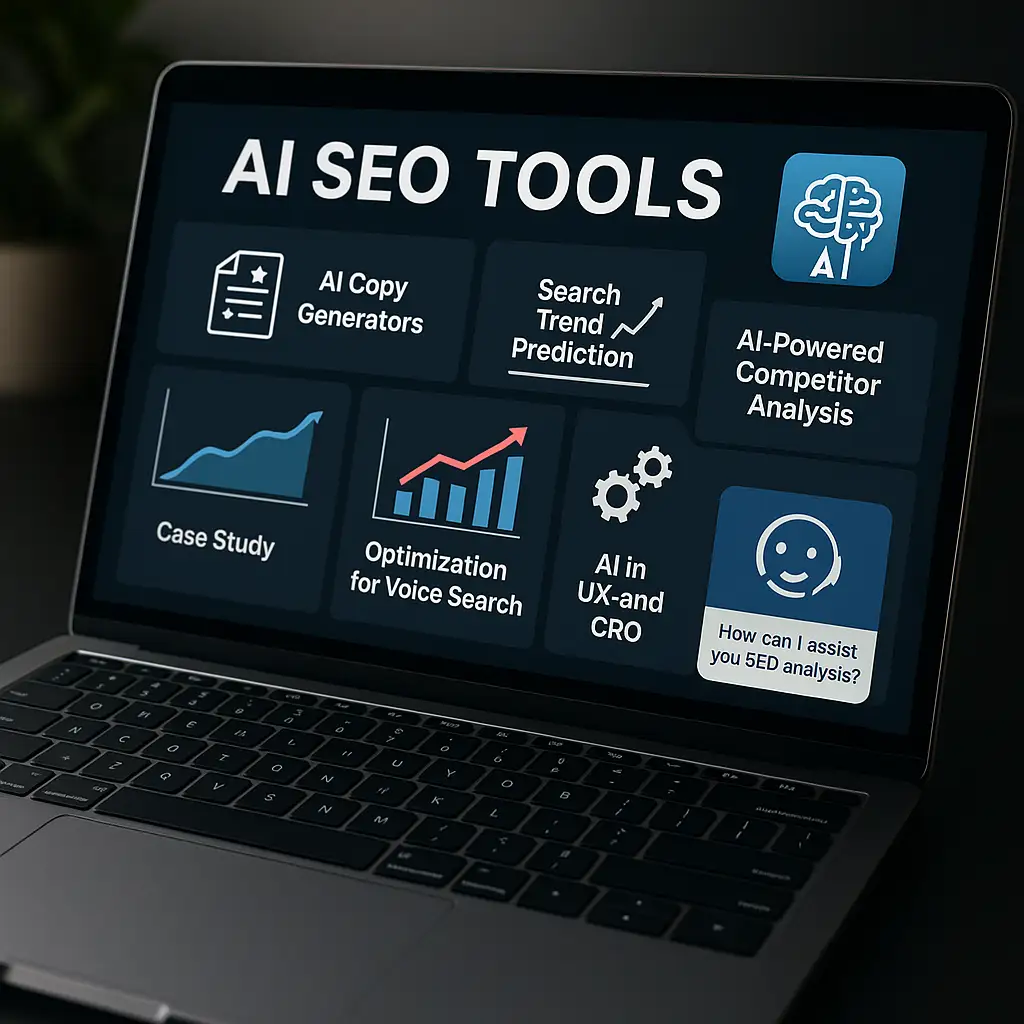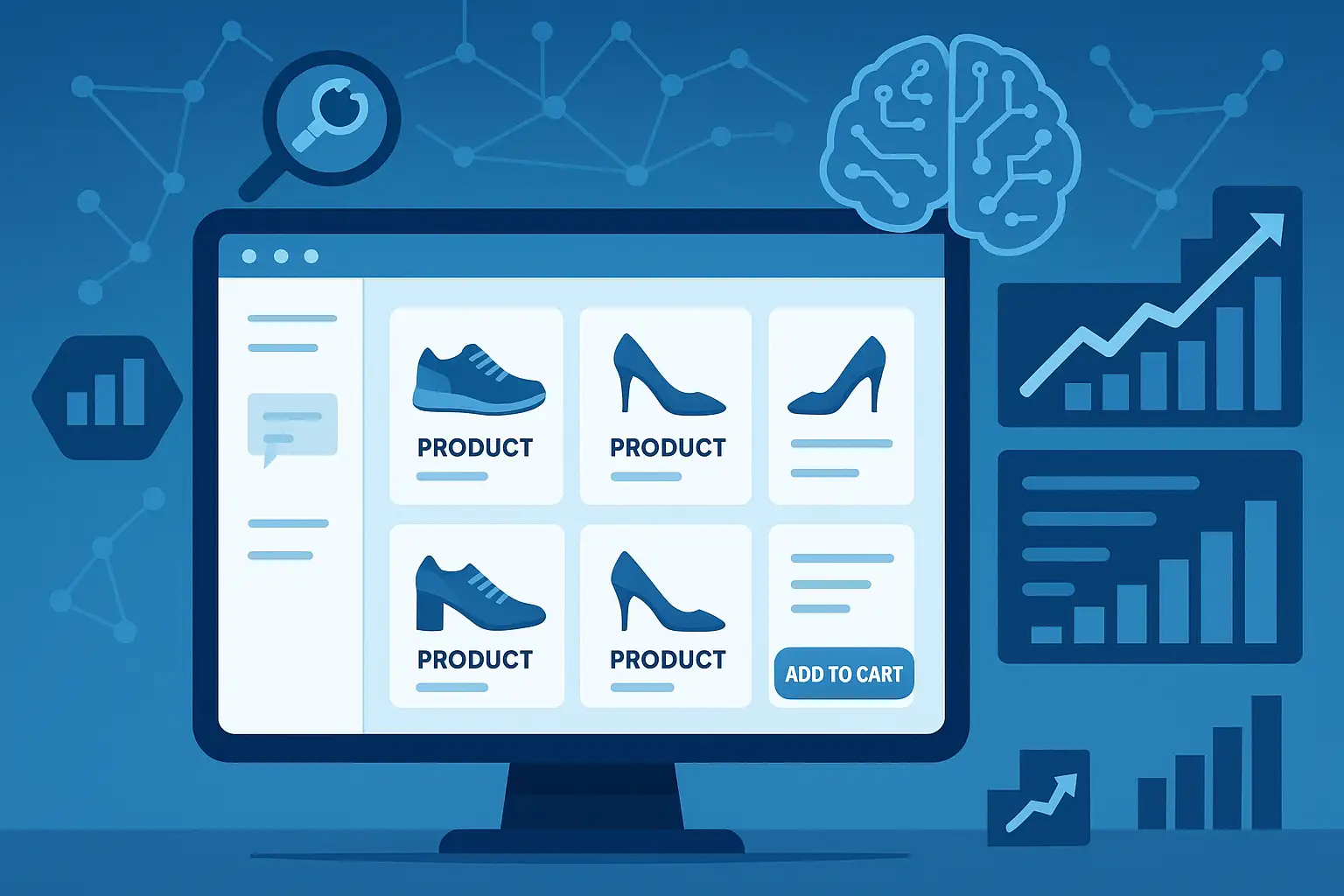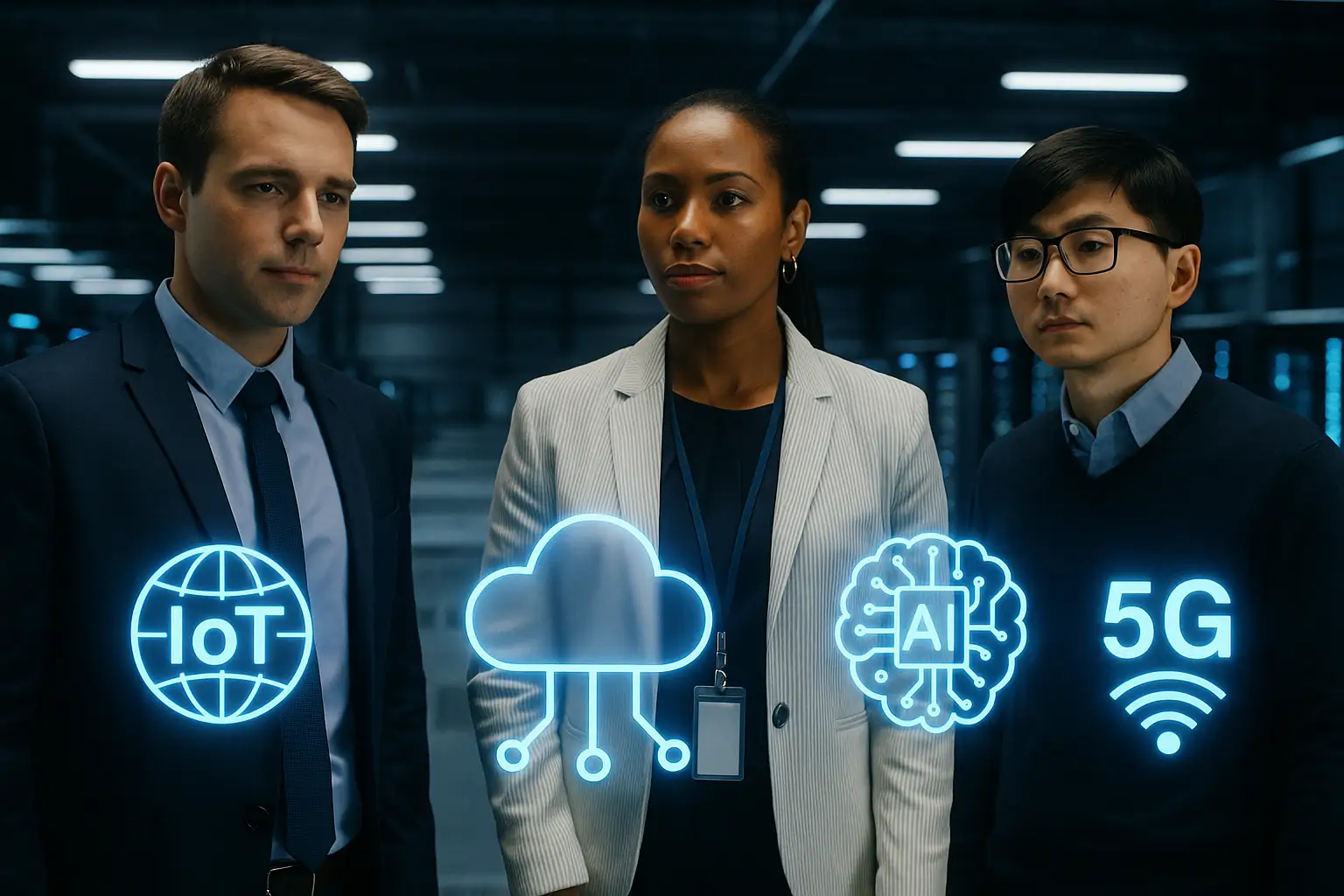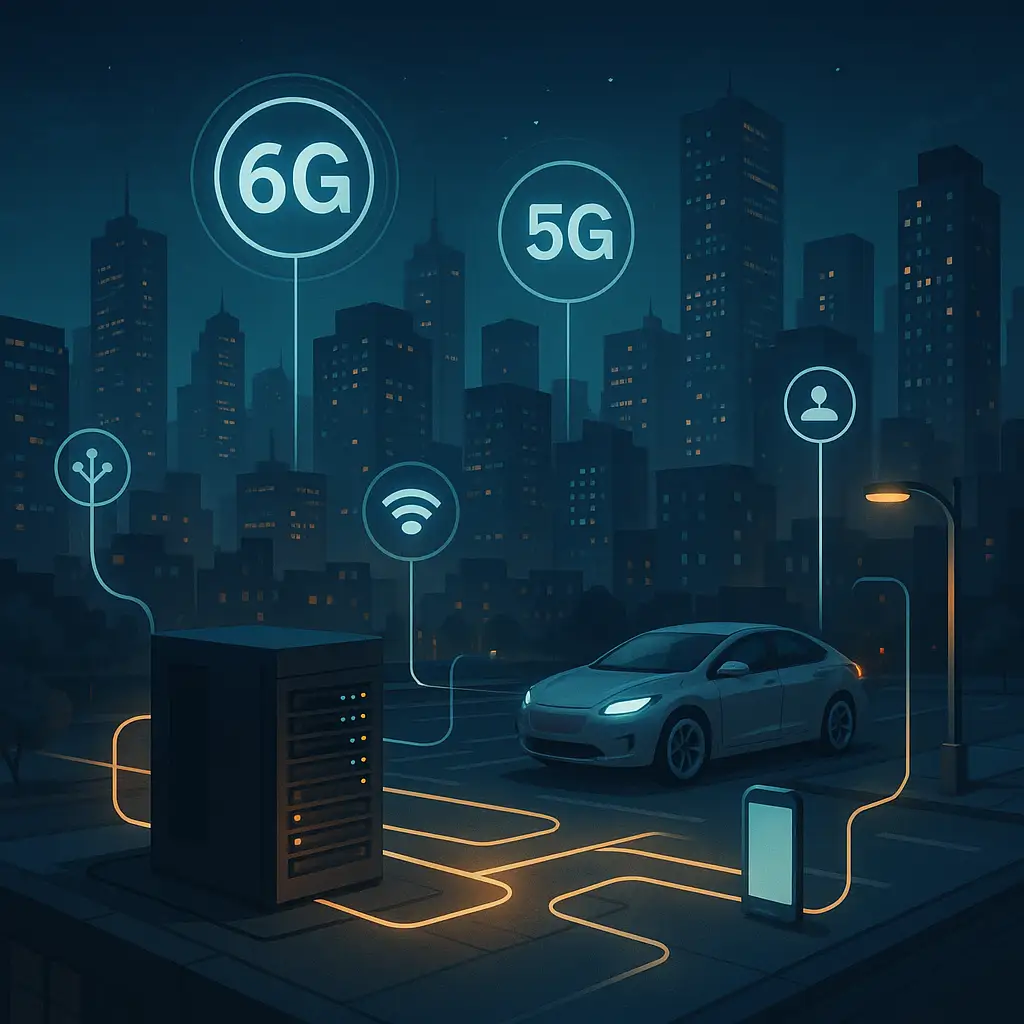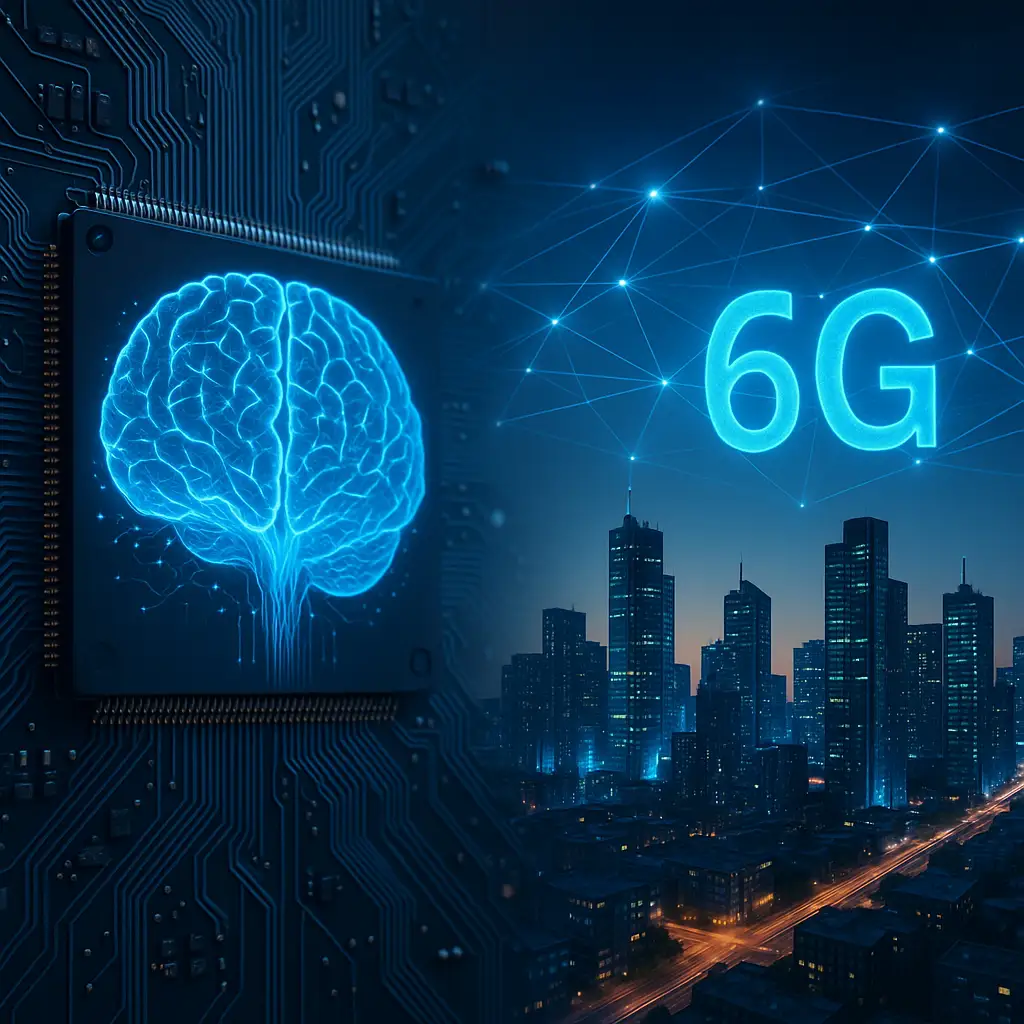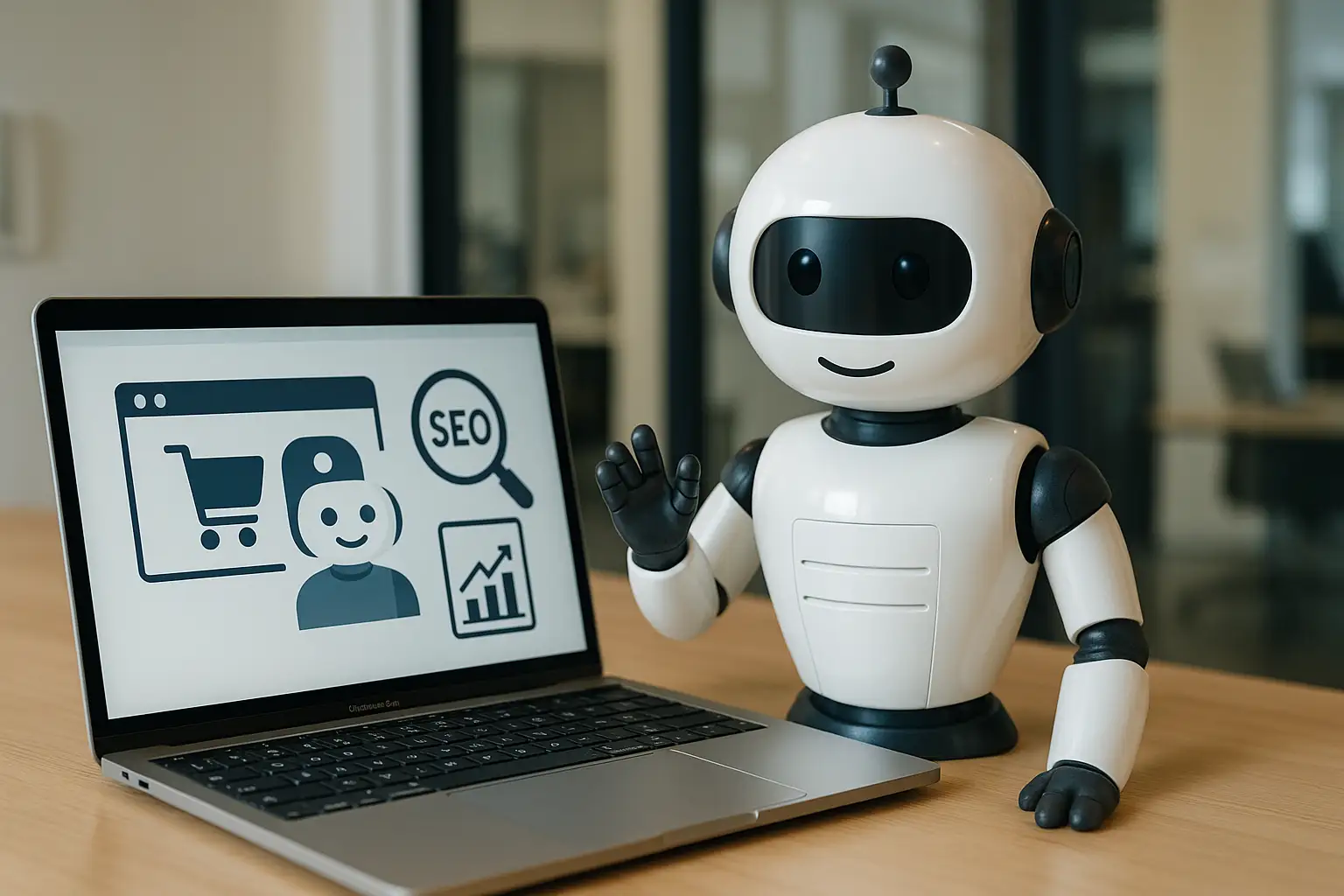How Artificial Intelligence Is Transforming DevOps and IT Infrastructure
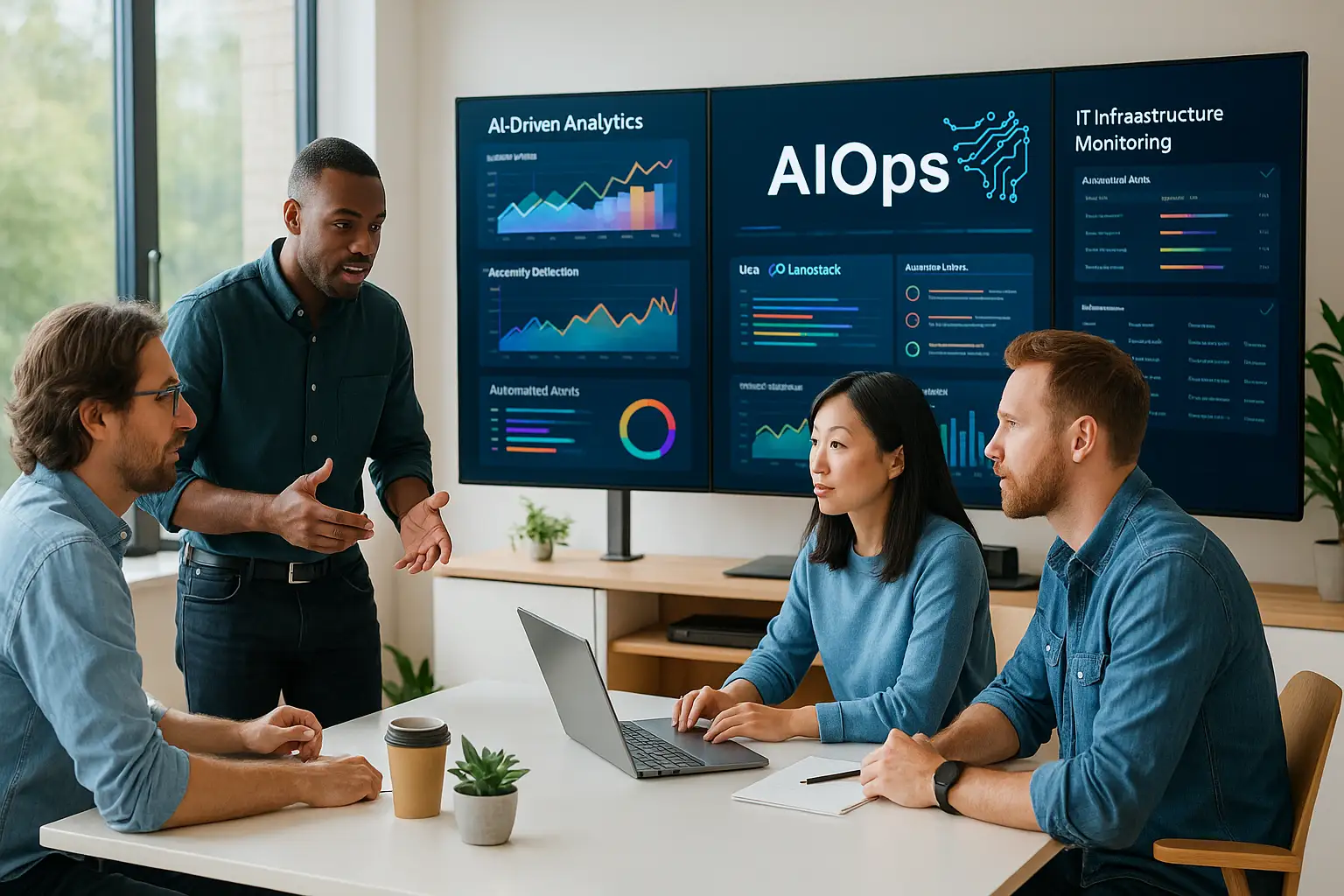
AIOps: How Artificial Intelligence Is Transforming DevOps and IT Infrastructure
1. Introduction
For years, DevOps teams have been the backbone of digital transformation — deploying updates, managing infrastructure, and ensuring uptime. But as systems grow more complex, even the best human engineers are reaching their limits.
A typical enterprise generates millions of logs, alerts, and performance metrics every day. Filtering the important ones is no longer a manual task. That’s where AIOps (Artificial Intelligence for IT Operations) steps in.
By combining machine learning, analytics, and automation, AIOps transforms how organizations manage infrastructure — shifting from reactive problem-solving to proactive intelligence.
2. What Is AIOps?
AIOps stands for Artificial Intelligence for IT Operations.
It’s an ecosystem of tools and processes that use machine learning and big data analytics to automate, monitor, and optimize IT environments.
Unlike traditional monitoring systems that react to alerts, AIOps platforms analyze data in real time, identify patterns, and predict issues before they cause downtime.
In simple terms, AIOps gives DevOps teams something they’ve always needed: a second brain that never sleeps.
3. Why Traditional DevOps Needs AI
The Problem: Complexity
Today’s IT systems are distributed across multiple clouds, services, and regions. Traditional monitoring tools struggle to correlate data across such environments.
The Human Limitation
A single application might generate thousands of alerts daily. Teams can’t analyze them all manually — leading to alert fatigue and missed incidents.
The Cost
According to Gartner, the average enterprise loses $5,600 per minute of downtime. Without predictive analytics, problems are detected too late.
The Solution: AIOps
AIOps filters noise, identifies root causes, and even automates incident resolution — reducing mean time to resolution (MTTR) by up to 70%.
4. How AIOps Works
AIOps platforms use a combination of data aggregation, analytics, and automation to create an intelligent feedback loop.
1. Data Collection
Logs, metrics, traces, and alerts are collected from servers, applications, and cloud infrastructure.
2. Correlation and Pattern Recognition
Machine learning models detect relationships between events that seem unrelated.
3. Anomaly Detection
AI identifies deviations from normal behavior — like unusual CPU spikes or network latency patterns.
4. Root Cause Analysis (RCA)
Instead of hundreds of separate alerts, AIOps finds the single underlying cause and flags it.
5. Automation and Remediation
The system executes corrective actions automatically — restarting services, reallocating resources, or opening tickets in ITSM tools.
5. Key Technologies Behind AIOps
- Machine Learning (ML): Detects patterns and learns from historical data.
- Natural Language Processing (NLP): Understands log entries and unstructured text.
- Predictive Analytics: Anticipates issues before they occur.
- Automation and Orchestration: Executes responses or workflows automatically.
- Big Data Analytics: Correlates information from thousands of data sources in real time.
Together, these technologies create self-healing IT systems that adapt dynamically to changing workloads and conditions.
6. The Business Impact of AIOps
1. Reduced Downtime
AI-driven anomaly detection identifies potential issues before they escalate, minimizing outages.
2. Operational Efficiency
Automating repetitive tasks saves hundreds of hours monthly — freeing teams for innovation.
3. Cost Optimization
AIOps analyzes usage data and automatically scales cloud resources to match demand, reducing waste.
4. Enhanced Security
Anomaly detection algorithms can flag suspicious activity that may indicate a cyberattack.
5. Faster Incident Response
By correlating multiple data sources, AIOps reduces false positives and pinpoints root causes in seconds.
7. Real-World Examples
E-commerce Platform Stability
An online marketplace used AIOps to detect anomalies in its checkout process.
Within days, AI identified a hidden performance issue linked to a third-party API. Fixing it reduced abandoned carts by 18%.
Cloud Infrastructure Optimization
A financial startup integrated AIOps for auto-scaling cloud servers.
The system predicted traffic surges and allocated capacity proactively — saving 25% on monthly cloud costs.
Telecom Network Monitoring
A telecom provider used AIOps to automate network diagnostics. AI reduced average repair time by 60% and improved uptime to 99.98%.
8. Leading AIOps Platforms
PlatformCore StrengthDynatraceFull-stack observability with AI-driven root cause analysisDatadog AIOpsCloud-native monitoring and anomaly detectionMoogsoftEvent correlation and intelligent noise reductionSplunk ITSIPredictive incident managementIBM Watson AIOpsAdvanced automation and NLP-driven insights
These tools integrate seamlessly with CI/CD pipelines, cloud providers, and ITSM solutions like Jira or ServiceNow.
9. Challenges in Adopting AIOps
- Data Quality – AI is only as good as the data it analyzes. Incomplete or inconsistent logs reduce accuracy.
- Cultural Resistance – Teams may fear losing control to automation.
- Integration Complexity – Connecting legacy systems with AI-driven pipelines can require major refactoring.
- Model Transparency – Understanding AI’s decisions remains essential for compliance and trust.
Adoption works best when AIOps is introduced gradually — starting with non-critical tasks and scaling up as confidence grows.
10. The Future: Autonomous IT
The next stage of AIOps goes beyond automation — toward autonomous IT operations.
Future systems will:
- Predict and fix incidents before they impact users,
- Continuously learn from feedback,
- Manage infrastructure based on intent rather than instruction.
This shift mirrors the evolution from manual flight control to autopilot — humans remain in command, but AI handles the complexity.
By 2030, AIOps will be the foundation of self-healing, self-scaling digital ecosystems that run 24/7 with minimal human intervention.
Conclusion
The rise of AIOps marks a turning point in how we manage IT.
Instead of chasing alerts, engineers will orchestrate intelligent systems that learn, adapt, and self-correct.
For businesses building scalable software, applications, and marketplaces, AIOps offers a simple promise:
less firefighting, more innovation.
In the coming years, organizations that embrace AIOps will not just operate faster — they’ll operate smarter.

